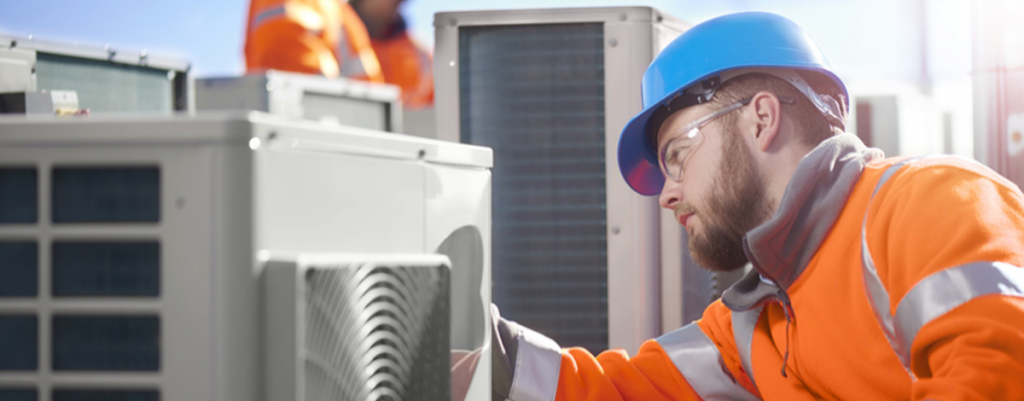HVAC systems consist of a large number of different components, all of which play a key role in how the system functions. The transformer is one such system and as with any other component it may be prone to developing problems over time. The transformer can be susceptible to developing all kinds of faults, some of which may be critical and will instantly reveal themselves when the whole system breaks down. Others will be less apparent but can present a number of tell-tale signs that you should take seriously.
What is a HVAC transformer?
Transformers are used when the electricity voltage coming into the HVAC system needs to be either raised or lowered in order to meet the requirements of the other electrical components. The transformer changes the voltage that travels from the circuit board to the HVAC unit. This progression then allows the air conditioner and the fan to work together while going through its on/off cycle. The amount of electricity can be increased or diminished depending on the amount of power that’s needed.
What to look out for
If your transformer has faults or is no longer working, then there are a number of ways that you can tell. The most obvious is that your HVAC system no longer works. If that’s the case then a qualified technician will be needed to assess the problem and to clarify that it is the transformer that’s causing the issue.
What other issues might suggest there are problems with the transformer?
Vibrating and humming
Normally, a HVAC transformer will emit a low hum. This is normal and is produced due to the expansion and contraction of the laminations, or the iron core. If there is a drastic increase in this sound and it’s accompanied by strong indication ,then this is indicative of a faulty transformer in your HVAC system. It’s important that this issue is assessed by a qualified technician as it can be indicative of a number of other causes such as incorrect installation or a faulty capacitor.
Tripped circuit breaker
If your transformer develops a problem then the circuit breaker will usually trip. It does this to prevent a voltage surge that could cause major damage to components of your HVAC system, leading to a major breakdown and a large repair bill.
Checking your transformer
It’s rare for a HVAC transformer to malfunction but they can overheat when they’ve been supplying power on a continuous basis over an extended period of time. One of the transformer connections could melt and breaks can develop in one of the wires.
As with any other type of transformer, you can test a HVAC transformer using a multimeter. These are simple to use and freely available devices that are used to measure electric currents, voltage and resistance and can help to detect faults with appliances, circuits, power supplies and wiring systems.
In output transformer testing you use the voltmeter setting to check the output voltage. In a transformer continuity test, you need to disconnect the transformer from the power supply and then check resistance in both input and output coils using the ohmmeter function on the multimeter.
What might be causing the problem?
The three principal causes of problems with a transformer are:
Bad Contactor
More often than not, a bad contactor leads to a blown transformer. This can put the entire unit under stress. When this stress becomes too much for the unit to cope with it will usually result in a blown transformer.
Loose Wires
Loose wiring or cables inside the transformer can cause a short circuit.
Power Surges
A power surge can overload a transformer and prevent it from working.
Can a transformer in a HVAC unit be replaced?
Replacing a transformer in a HVAC unit is relatively simple and may be the best course of action. It should, however, only be carried out by a trained technician.
ECS provides qualified and experienced engineers to ensure all aspects of the commissioning process and the design intent are fulfilled, no matter the size of the project. Our HVAC Testing and Commissioning service takes your installation from a stage of static completion to full working order.
For more information, please contact our team today!

